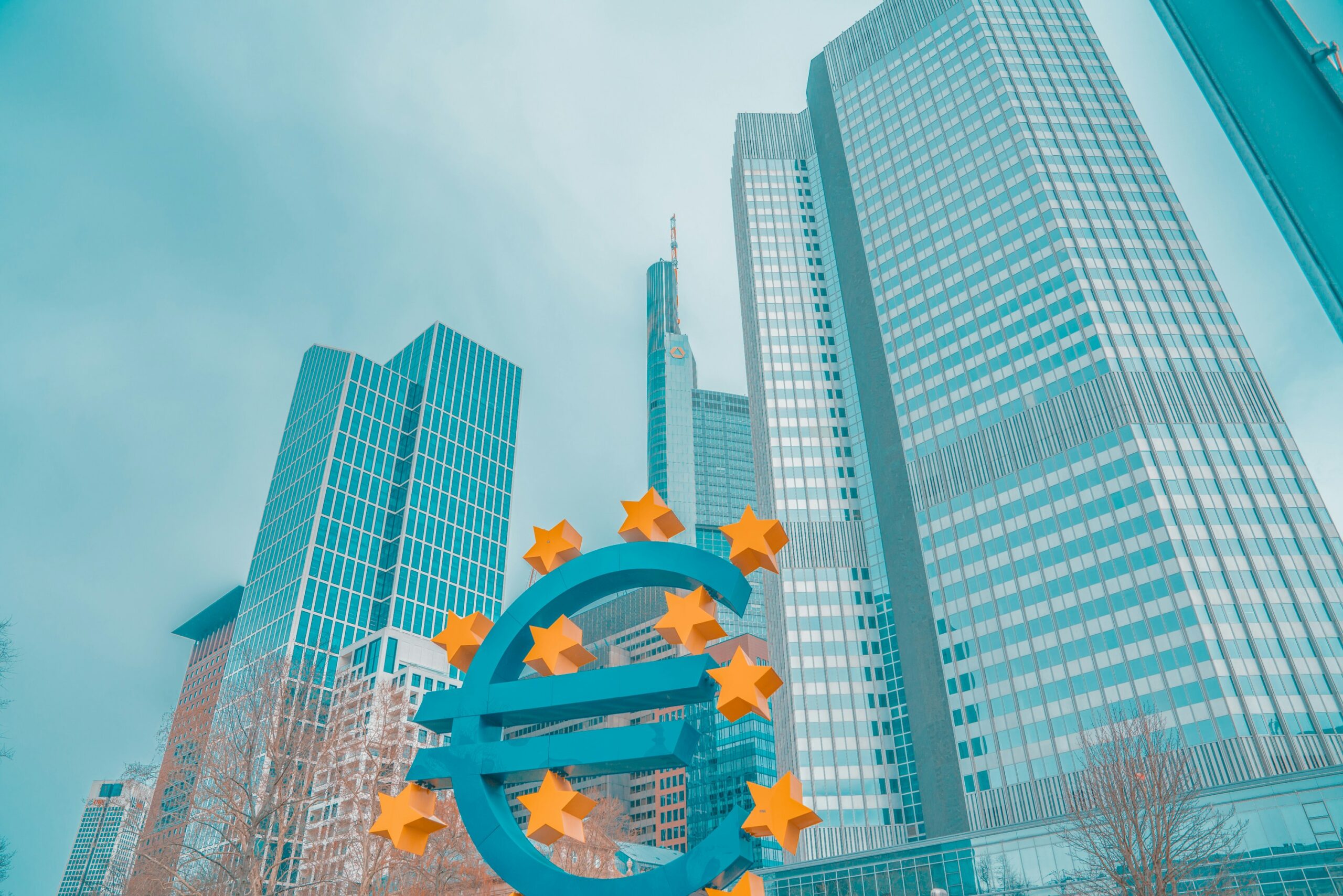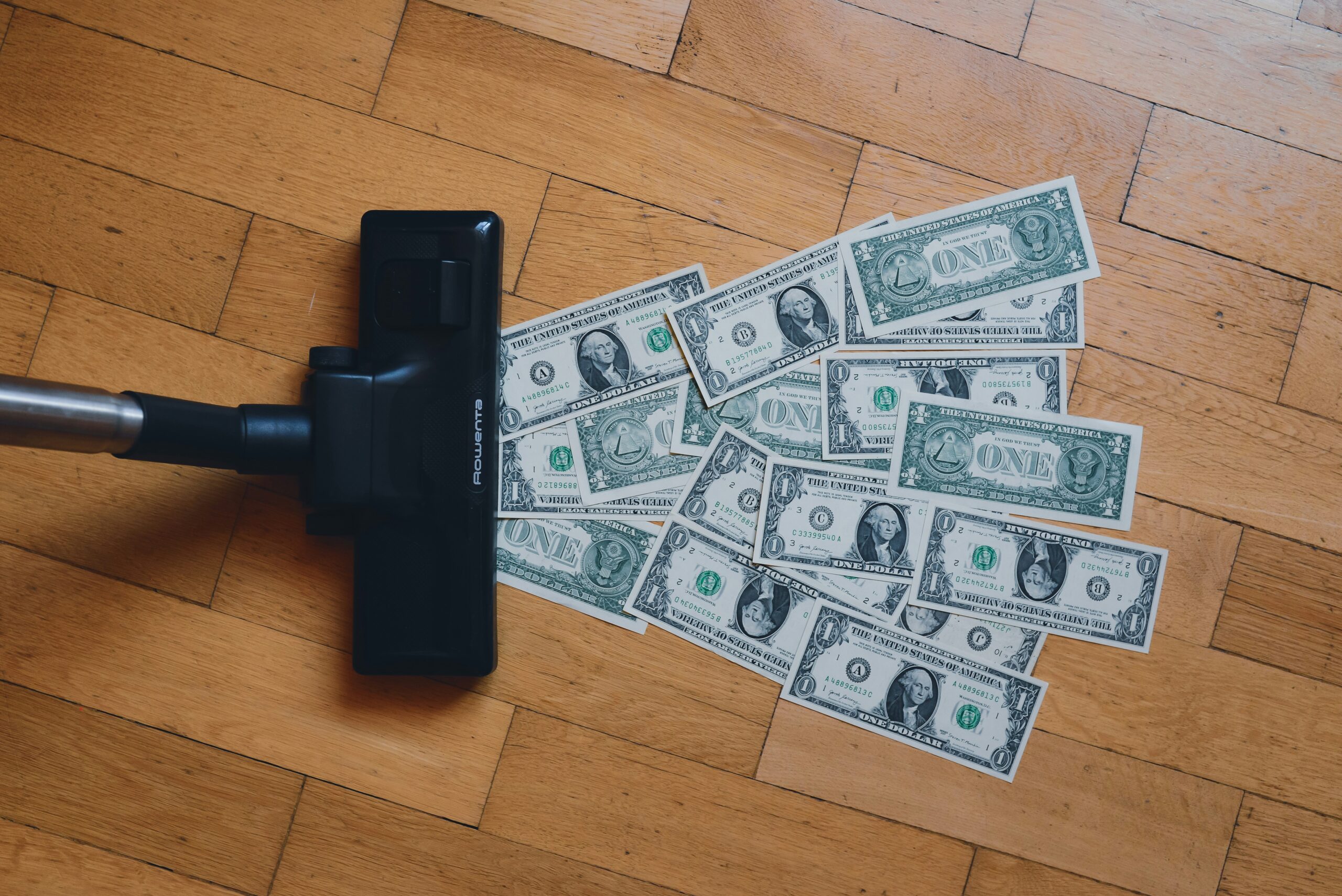Despite the challenges posed by inflation and supply chain disruptions, American consumers showed their resilience and optimism by spending a record amount online on Black Friday, the unofficial start of the holiday shopping season.
According to Adobe Analytics, which tracks sales on retailer websites, online Black Friday sales in the United States topped a record-breaking $9.12 billion this year, up 2.3% compared to last year1. Electronics, smart home equipment, toys and exercise equipment were among the most popular items, with discounts ranging from 16% to 28%.
Some of the growth reflects higher prices and not higher volume, since Adobe’s figures are not adjusted for inflation. But Adobe said sales would have been higher even if inflation were factored in. The firm also noted that consumers spent an average of $10.70 more per order this year than last year.
Another report from Salesforce found that U.S. online sales on Thursday rose 1% to about $7.5 billion year-over-year on Thanksgiving, setting the stage for a strong Black Friday2. The company also said that mobile devices accounted for 60% of online orders on both days, indicating a shift in consumer behavior and preference.
“Consumers are shopping earlier and more often on their phones this holiday season,” said Rob Garf, vice president of strategy and insights at Salesforce. “They are also taking advantage of new ways to pay, such as buy now, pay later, which offers flexibility and convenience in a time of uncertainty.”
Buy now, pay later (BNPL) services, which allow shoppers to split their purchases into interest-free installments, were about 80% higher compared to the previous week, Adobe said1. Some lawmakers and economists have criticized BNPL programs for their lack of transparency and regulatory oversight.
Consumers also showed a strong interest in supporting small and local businesses, which have been hit hard by the pandemic. Adobe said that small retailers saw a 30% higher online revenue growth on Black Friday than large retailers1. Salesforce said that shoppers spent 18% more with small businesses on Thanksgiving than on an average day in October.
“Small businesses are the backbone of our economy and our communities, and they need our support more than ever,” said Andy Wong, senior manager of consumer insights at Adobe. “We are encouraged to see that consumers are voting with their wallets and choosing to shop small this holiday season.”
Online shopping is expected to continue its momentum on Cyber Monday, which Adobe predicts will be the biggest online shopping day in U.S. history, with sales reaching $10.4 billion, up 1.3% year-over-year1. The firm also expects the entire holiday season, from November 1 to December 31, to generate $207 billion in online sales, up 10% from last year.
However, online shopping is not without its challenges and risks. Consumers may face higher shipping costs, longer delivery times and limited inventory due to the ongoing supply chain issues. They may also encounter cyberattacks, scams and frauds, especially on social media platforms, where malicious actors may try to lure them with fake deals and phishing links.
To avoid these pitfalls, experts advise consumers to shop early, compare prices, use secure payment methods, verify the authenticity of sellers and websites, and protect their personal and financial information.








